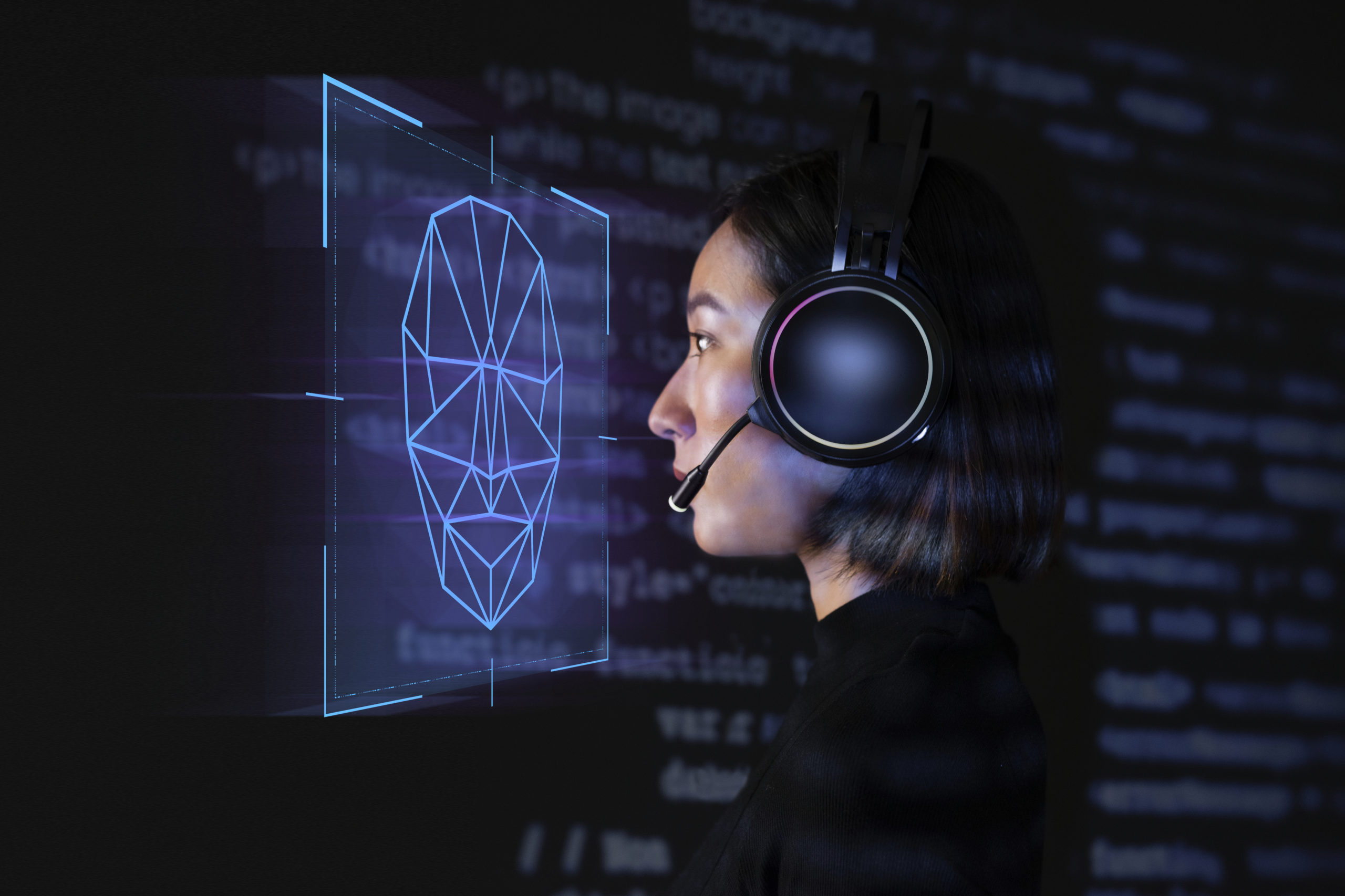The evolution of Computer Vision, a fast-growing branch of Artificial Intelligence, is an important part of automation processes for Industry 4.0. Although the human visual apparatus is complex to replicate, Computer Vision is making important progress and it can perfectly integrate into industrial processes, improving quality, efficiency and safety.
Computer Vision: What it is
Before deep-diving into the applications of Computer Vision systems in the industry, we must define what Computer Vision is.
Computer Vision is an area of Artificial Intelligence (AI), studying systems and devices that can capture images, videos, or other visual inputs and obtain valuable information to take further actions. It’s not only a matter of capturing an image as a simple photo or video device, but it aims at reproducing the human capacity to discriminate, elaborate, and make evaluations from an object, scene, or experience.
Computer Vision systems have to be trained with a wide dataset of images to make the algorithm efficient and intelligent. Thanks to the most advanced technologies of Machine Learning, it’s possible to educate a Computer Vision system and obtain results comparable to the human ones and in some cases even more accurate.
What can be done with a Computer Vision system?
There are several applications for Computer Vision systems in automation for Industry 4.0. With Computer Vision, it’s possible to:
- measure products’ quantities precisely and fastly;
- reduce costs and timelines;
- avoid human contact in particular processing to eliminate contamination risks;
- guarantee better safety standards to employees.
A Computer Vision control is not subjective. As a result, it can annul the error margin that inevitably can occur to a worker.
There are several benefits of using Computer Vision systems in industry: better quality control, more efficient production, continuous process monitoring, and labor cost reduction.
A Computer Vision algorithm can perform different tasks depending on the captured image and on the requested output. Among the possible tasks, we can cite:
- Recognition, like:
- Object Classification: to classify objects;
- Identification: to recognize a specific part of an image like a face (face recognition);
- Detection: the algorithm scans the image to detect a certain condition in the image, like possible abnormal cells in medical images.
- Motion Analysis, to analyze or estimate the movement and speed of an object;
- Scene Reconstruction, using images or videos it is possible to build 3D models of an object or scene.
Computer Vision is fastly growing in the industrial world because it offers integrable solutions in the production lines. A Computer Vision system can perform several operations like monitoring products, analyzing possible defects, performing predictive maintenance to avoid malfunctions and interruptions, and improving safety on production sites.
Face Recognition Systems
MAS Elettronica has developed industrial hardware for Face Recognition and Computer Vision. To satisfy these market needs we have signed important partnerships with companies specializing in applications like Laser Navigation and their software SophyAI and with companies specializing in components like Lattice semiconductor, Arrow Electronics.
Our solutions for Computer Vision are:
- SBC NVIDIA Lightfront developed for JCube Inc;
- SBC FRIDA IMX8M plus.
For more information on our products, services and technology partners:


